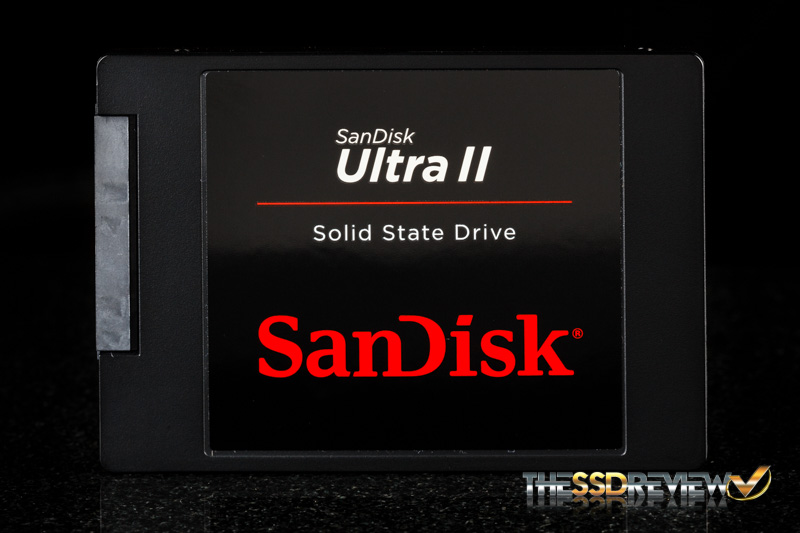In the most recent SSD of the Week we went over the top performing Samsung XP941 as our highlight. It offers speeds that are twice that of the SATA 6Gb/s limit in a M.2 form factor. Now, we are going to focus back on the mainstream market. This week we are looking at the SanDisk Ultra II.
The market is flooded with MLC SSDs, however, there are now some TLC drives to choose from. The transition from MLC NAND to TLC NAND in SSDs is still in its infancy. Samsung has had a head start in manufacturing TLC SSDs with their 840 and 840 EVO drives. SanDisk finally released their first TLC SSD, the Ultra II back in September, which marked the end of an era where Samsung was the only kid in the sandbox when it came to TLC drives.
Why did it take so long? Well, there were no other companies making TLC NAND or controllers for SSD use. It is only now that other NAND manufactures are offering TLC NAND for SSDs and SSD controller manufacturers are adding in TLC NAND support. The initial transition from MLC to TLC manufacturing is expensive, which deterred most companies. And since Samsung doesn’t sell of their NAND for other companies to use in their drives, controller companies had no need to add in TLC support until TLC NAND was released into the market. Now since SanDisk has started production of TLC, they have put together a pretty nice package with the Ultra II.
The SanDisk Ultra II comes in a 2.5-inch 7mm form factor and is available in four capacities, 120GB ($79.99), 240GB ($114.99), 480GB ($219.99), and 960GB ($429.99). And now they are on a slight $5-$10 discount as well. As displayed in the above table, the Ultra II rated for up to 550MB/s read and 500MB/s write speeds while 4K performance ranges from 80,000 IOPS to 99,000 IOPS. As for the warranty, SanDisk is backing the Ultra II with a three year warranty.
To attain such fast speeds, SanDisk has implemented nCache 2.0. Typically TLC NAND makes for slow write speeds, however, this is a non-volatile write caching features forces a portion of the TLC to function as SLC NAND to increase write performance. Furthermore, TLC NAND has to store one more bit per cell than traditional 2-bit MLC. This, plus smaller nanometer lithography leads to higher bit errors, the need for more advanced error correction to maintain data integrity is a must. To combat errors, SanDisk uses a few flash management features, most notably, multi-page recovery which is page level striping with distributed parity. This is a last line of defense against data corruption and allows for the recovery of information that could not be corrected via other traditional mechanisms.
SanDisk also includes an SSD toolbox they call, SanDisk SSD Dashboard to use with their new drives. It has many great features such as performance monitoring, manual or scheduled TRIM, firmware updating and tips on how to maintain the drive at its peak operation.
The SanDisk Ultra II is a great consumer drive. From our review, we even gave it our Top Value award for its great consumer performance and low price point. If you are on the look for a cheap drive to throw into your next rig or upgrade to, add this drive to your list!
 The SSD Review The Worlds Dedicated SSD Education and Review Resource |
The SSD Review The Worlds Dedicated SSD Education and Review Resource | 

